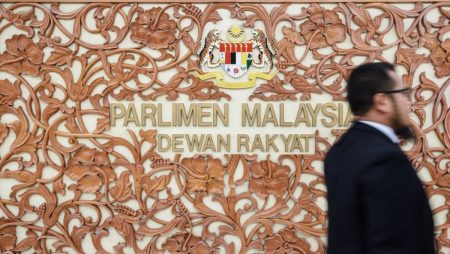The death toll from a highway collapse in Guangdong province, China has risen to 36, with heavy rains causing a stretch of road to cave in and vehicles to plummet down a steep slope. The storms in the region have been attributed to climate change, with the collapse trapping over 20 vehicles and involving 54 people. 30 people have been injured, with the injuries not considered life-threatening. Rescue efforts involving excavation equipment and specialized forces have been ongoing, with the provincial government mobilizing resources to assist in the operation.
The collapse has been described as a “natural geological disaster” caused by the impact of persistent heavy rain. The incident has raised concerns about infrastructure safety in the region and highlighted the risks posed by extreme weather events brought on by climate change. Footage from the scene shows the aftermath of the collapse, with charred, wrecked vehicles being removed from the site. The situation has prompted the closure of part of the S12 highway, leading to detours for travelers in the area.
Guangdong, a densely populated industrial region in China, has experienced a series of disasters in recent weeks due to extreme weather conditions. The heavier than usual storms have wreaked havoc on infrastructure in the area, causing landslides, flooding, and other related incidents. The collapse of the highway in Meizhou city is just one example of the damage that has been wrought by the abnormal weather patterns. The region’s vulnerability to such disasters underscores the need for improved disaster preparedness and response measures to protect residents and travelers in the area.
Efforts to rescue those trapped in the collapse have involved hundreds of personnel, including specialized forces and rescue workers. The response to the disaster has been swift and coordinated, with government resources being mobilized to aid in the operation. Despite the challenges posed by the difficult conditions at the site, progress has been made in both recovery and rescue efforts. The tragic loss of life in this incident serves as a stark reminder of the importance of investing in infrastructure resilience and implementing measures to mitigate the impacts of climate change.
The aftermath of the collapse has prompted reflection on the need for improved infrastructure maintenance and safety standards in the region. As extreme weather events become more frequent and severe, the risks to infrastructure and public safety are heightened. Authorities in Guangdong and other vulnerable regions should prioritize investment in disaster risk reduction and climate adaptation measures to protect against future incidents. Lessons learned from this tragedy should inform future planning and decision-making to build more resilient communities and infrastructure.
As rescue work continues and the death toll rises, the impact of the highway collapse in Guangdong reverberates throughout the region and beyond. The tragedy serves as a sobering reminder of the fragility of human life in the face of natural disasters and the urgent need for proactive measures to protect vulnerable populations. The lessons learned from this incident should spur action on disaster preparedness, infrastructure resilience, and climate change mitigation to prevent similar tragedies in the future. The thoughts and prayers of the global community are with the victims, their families, and all those affected by this devastating event.













